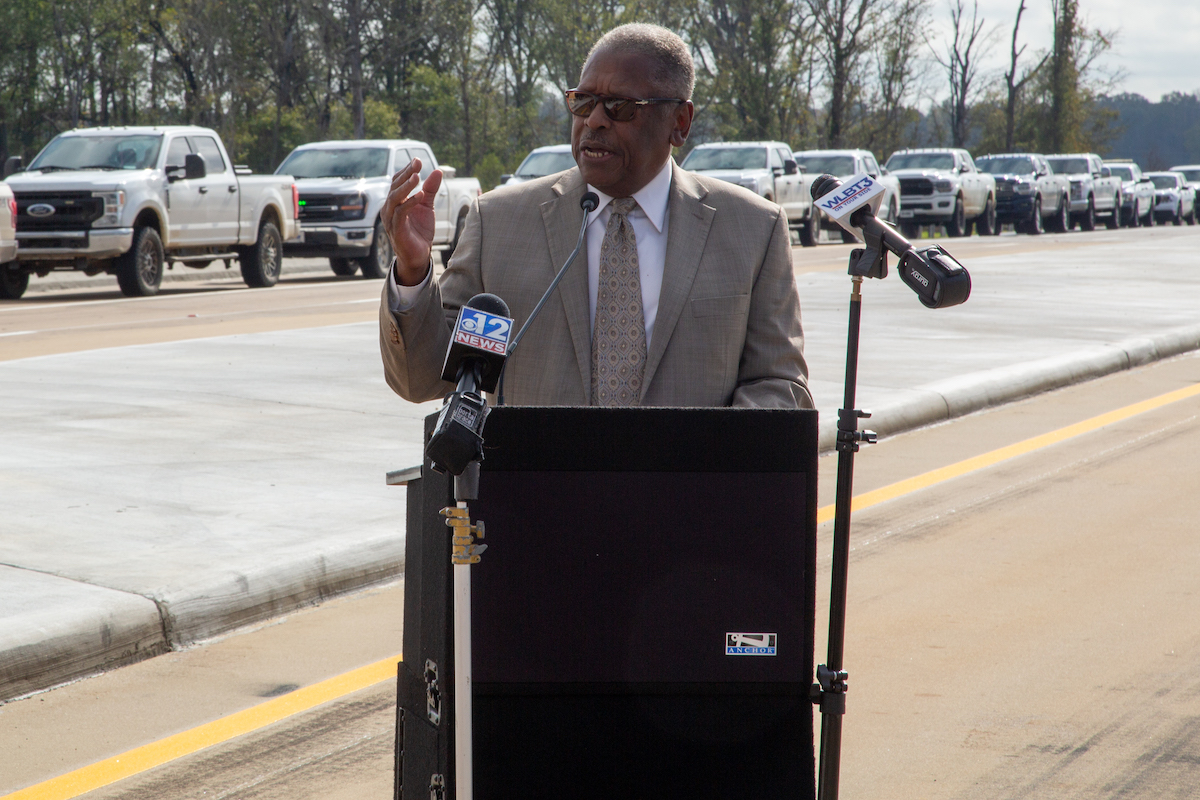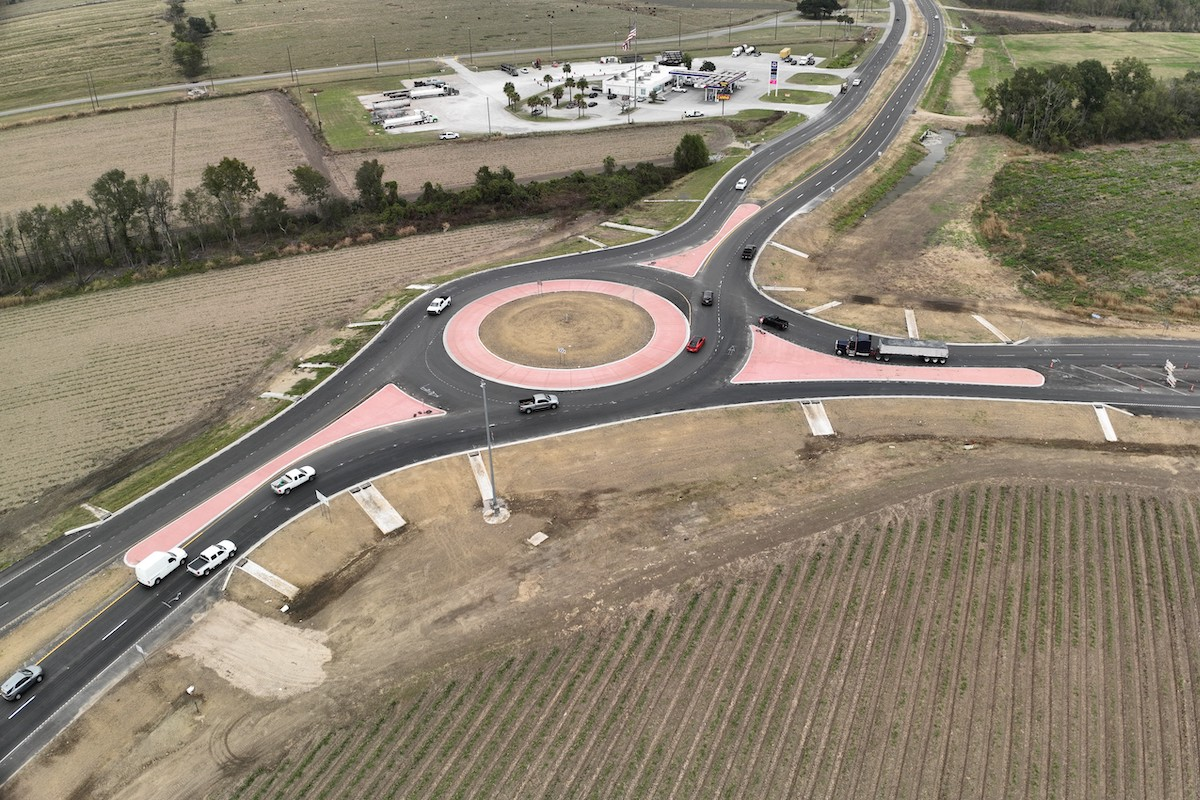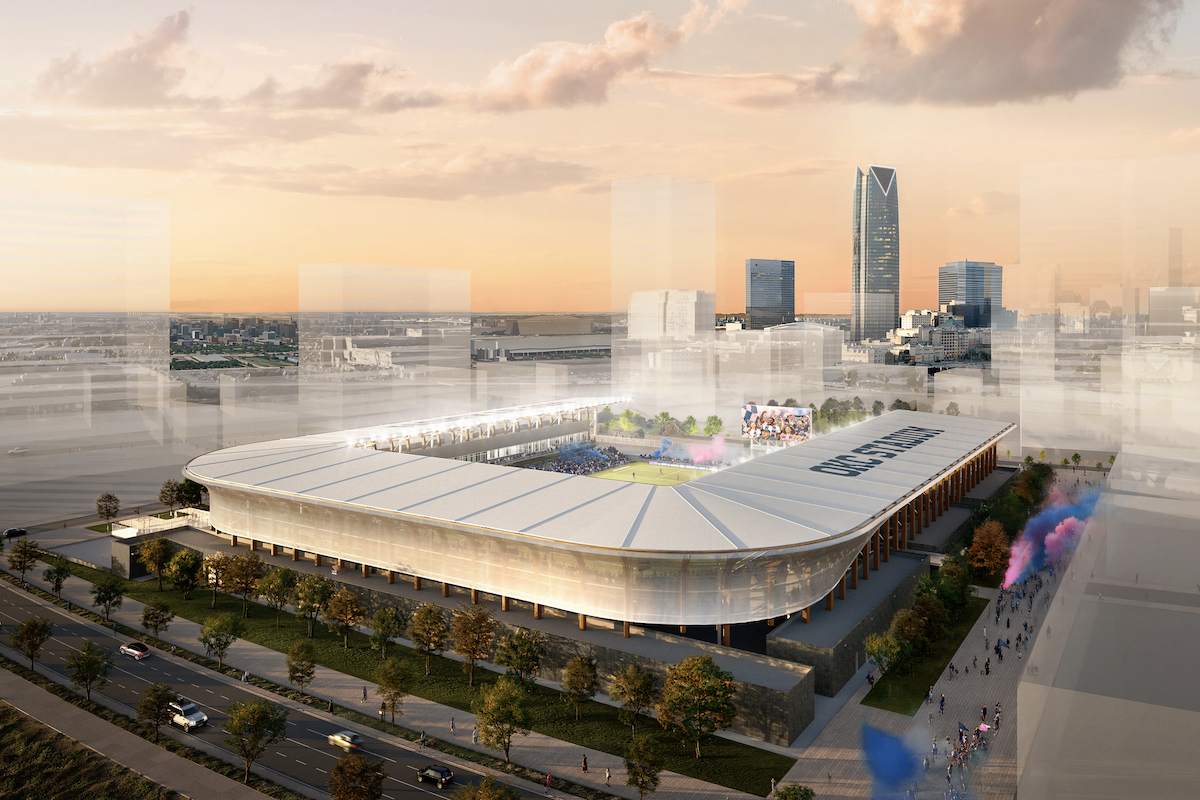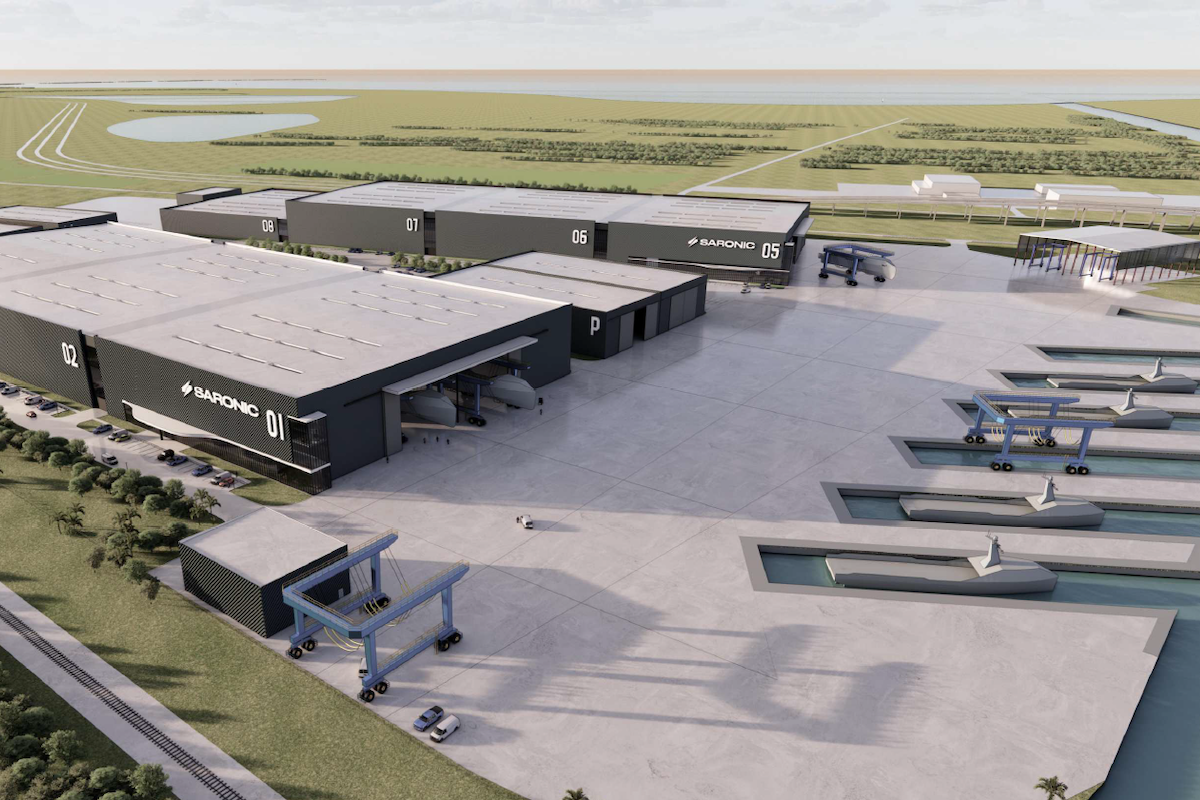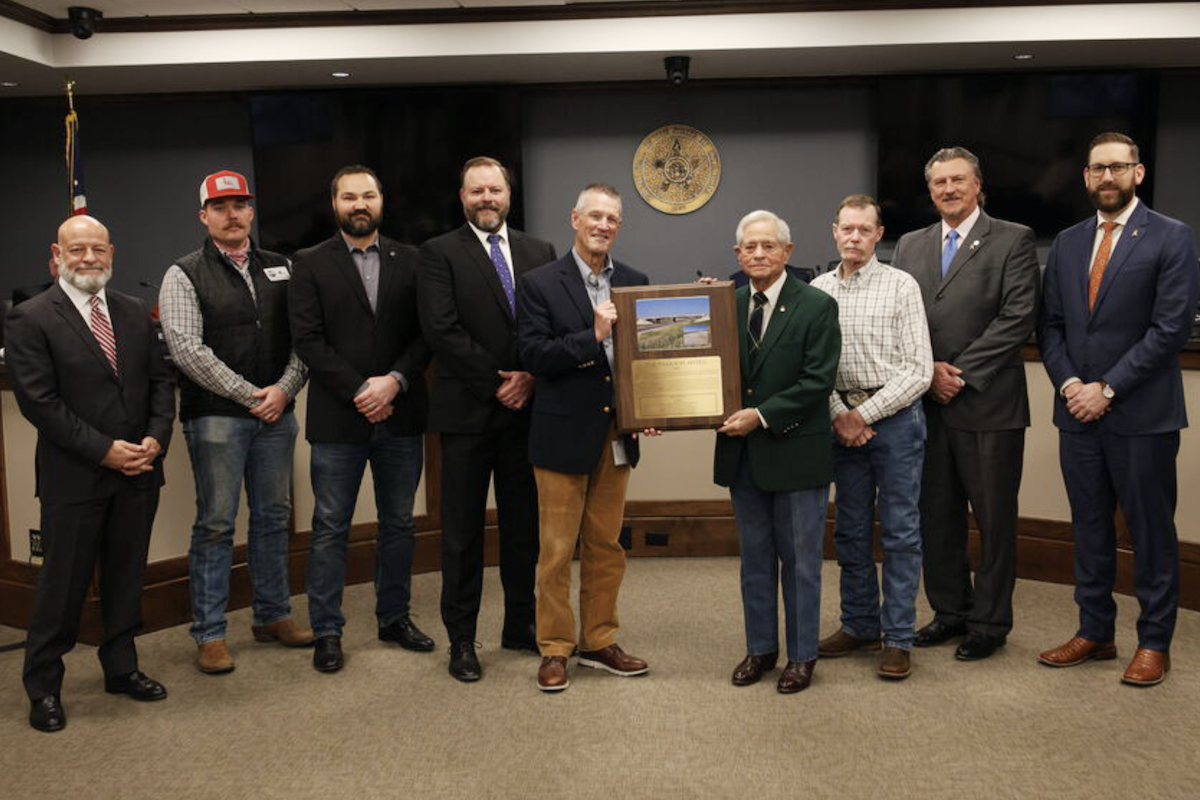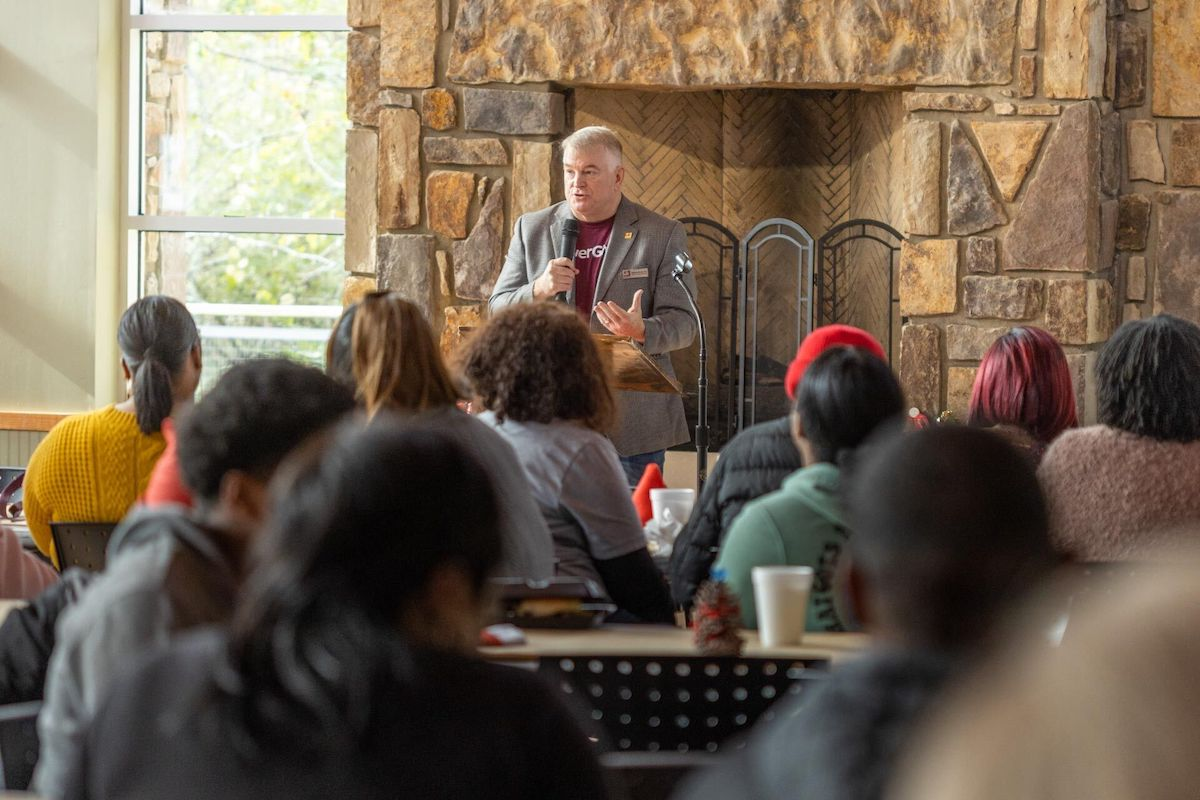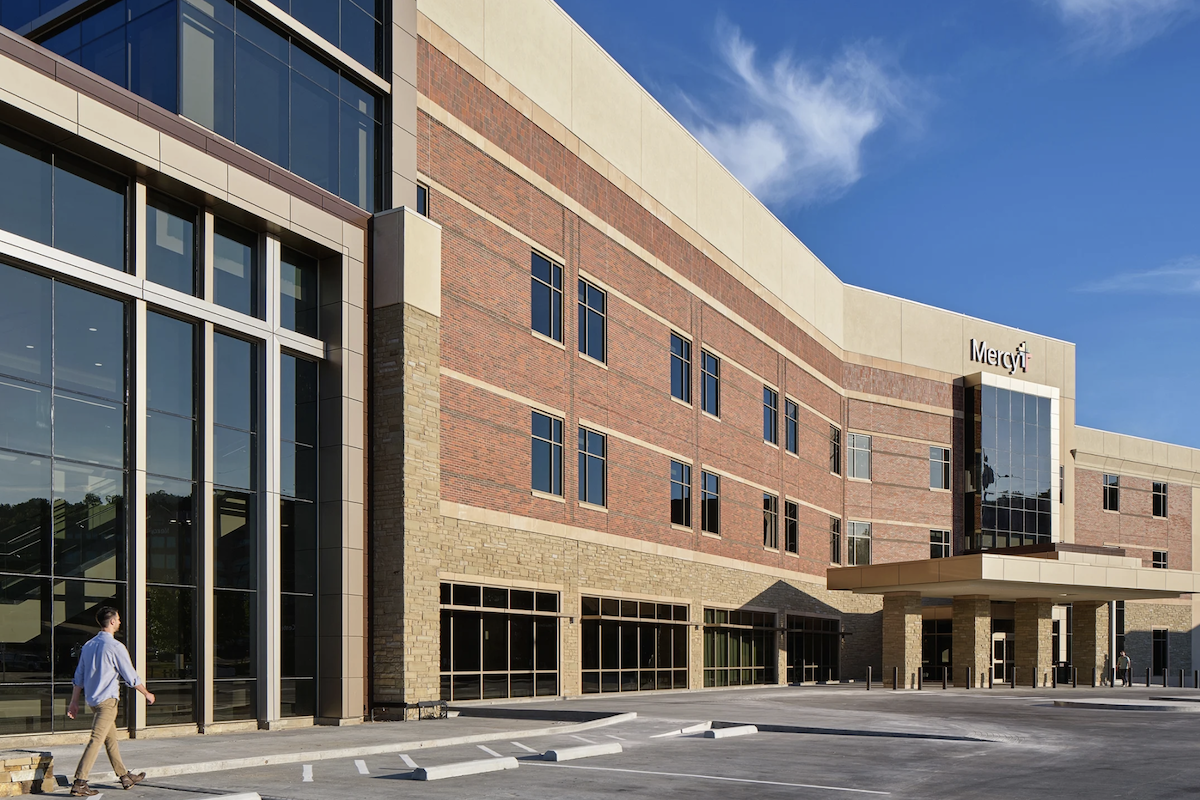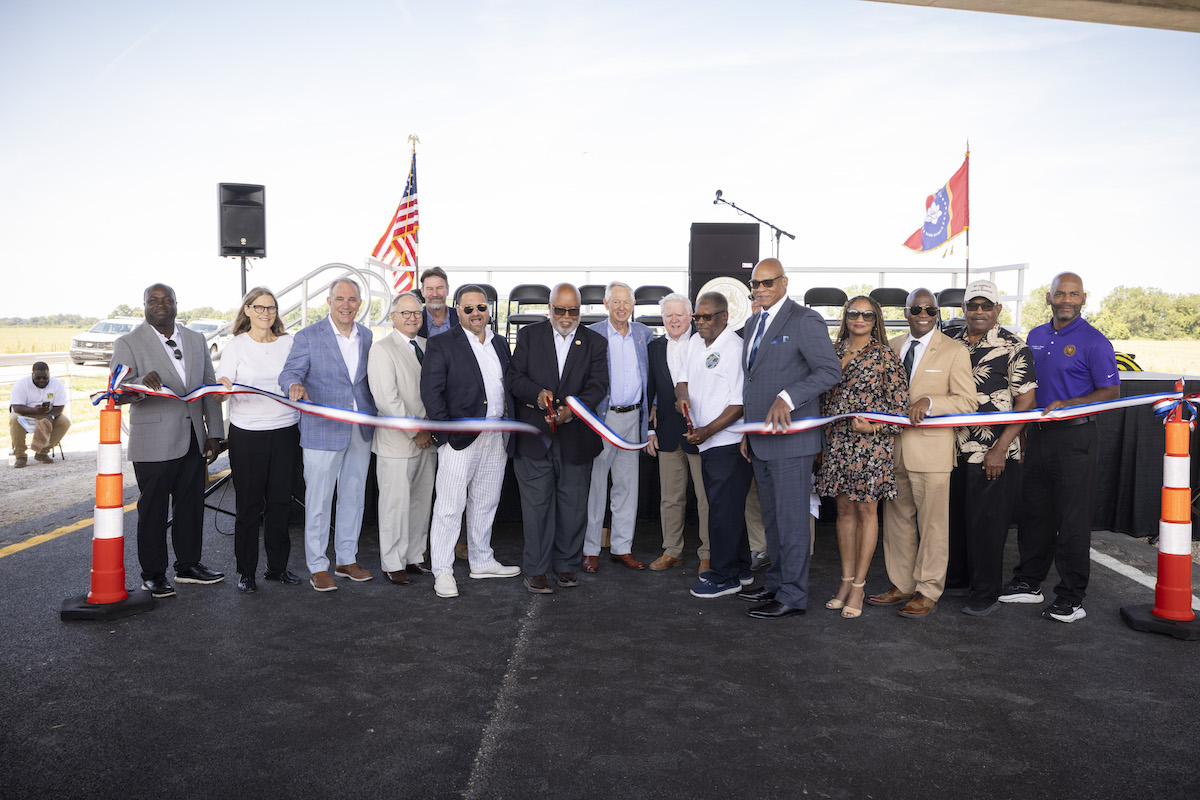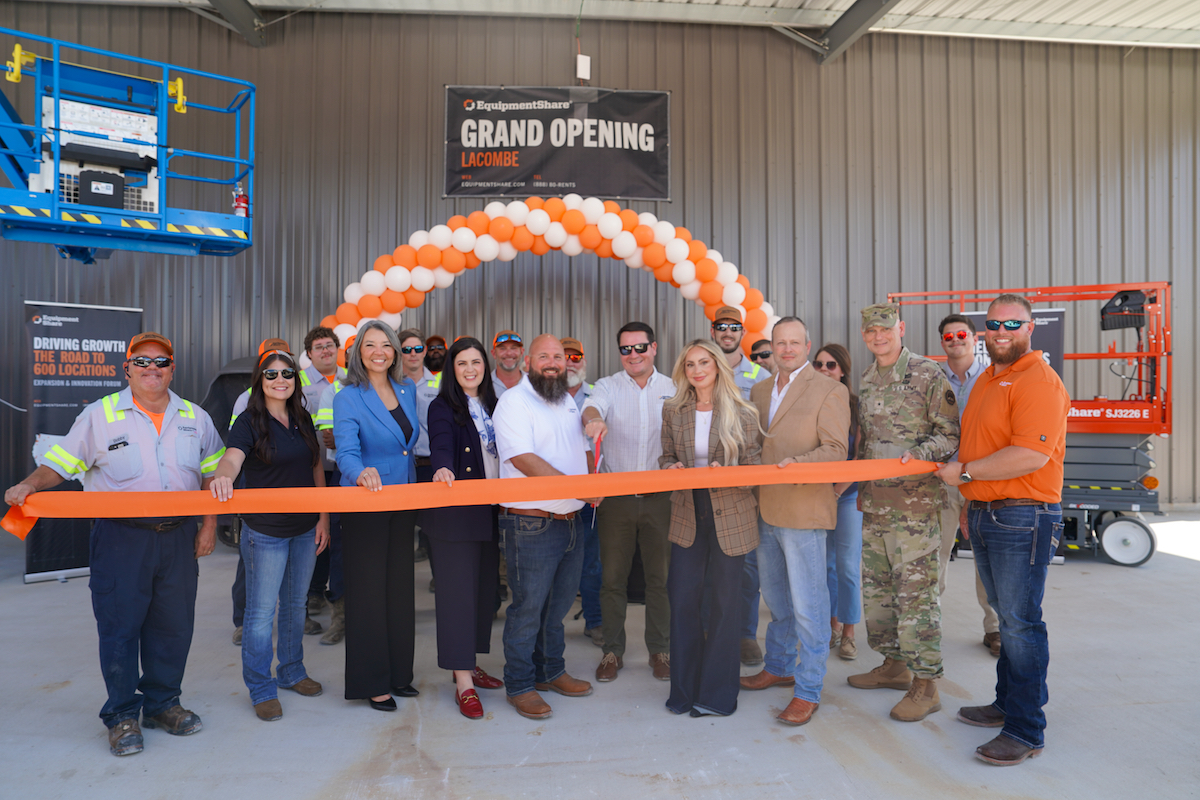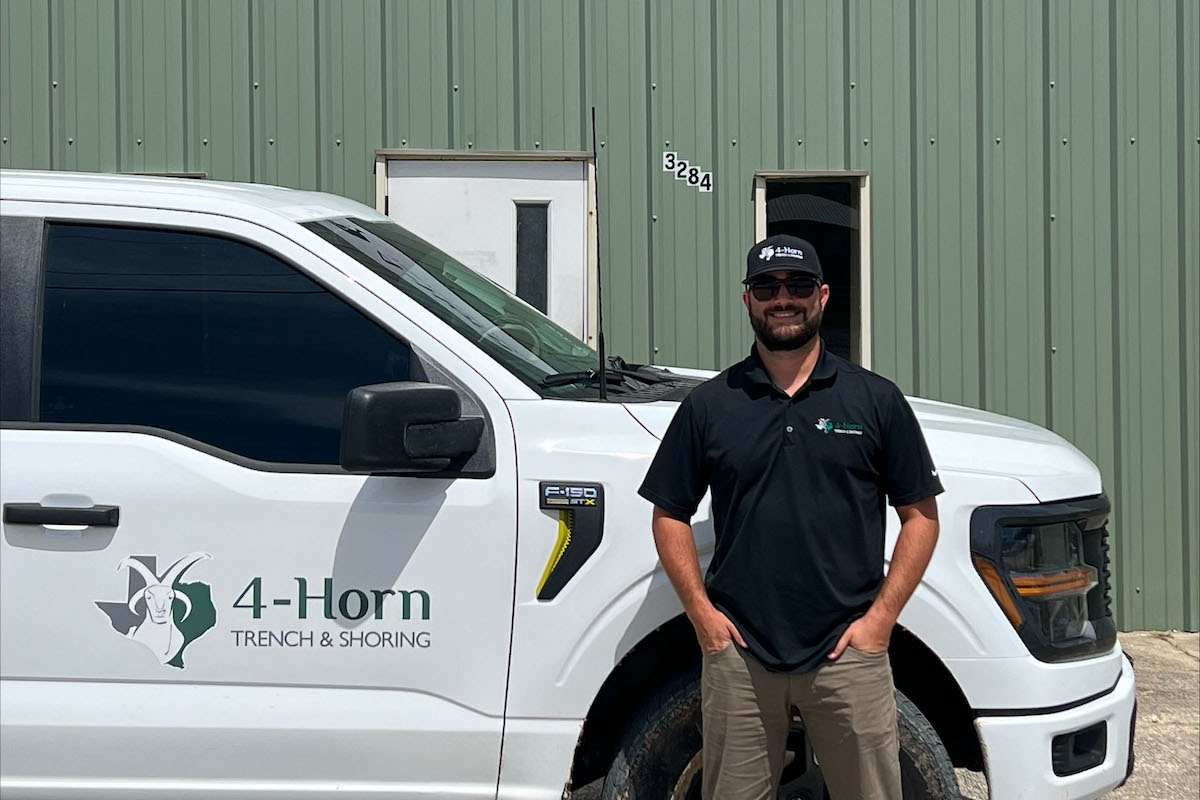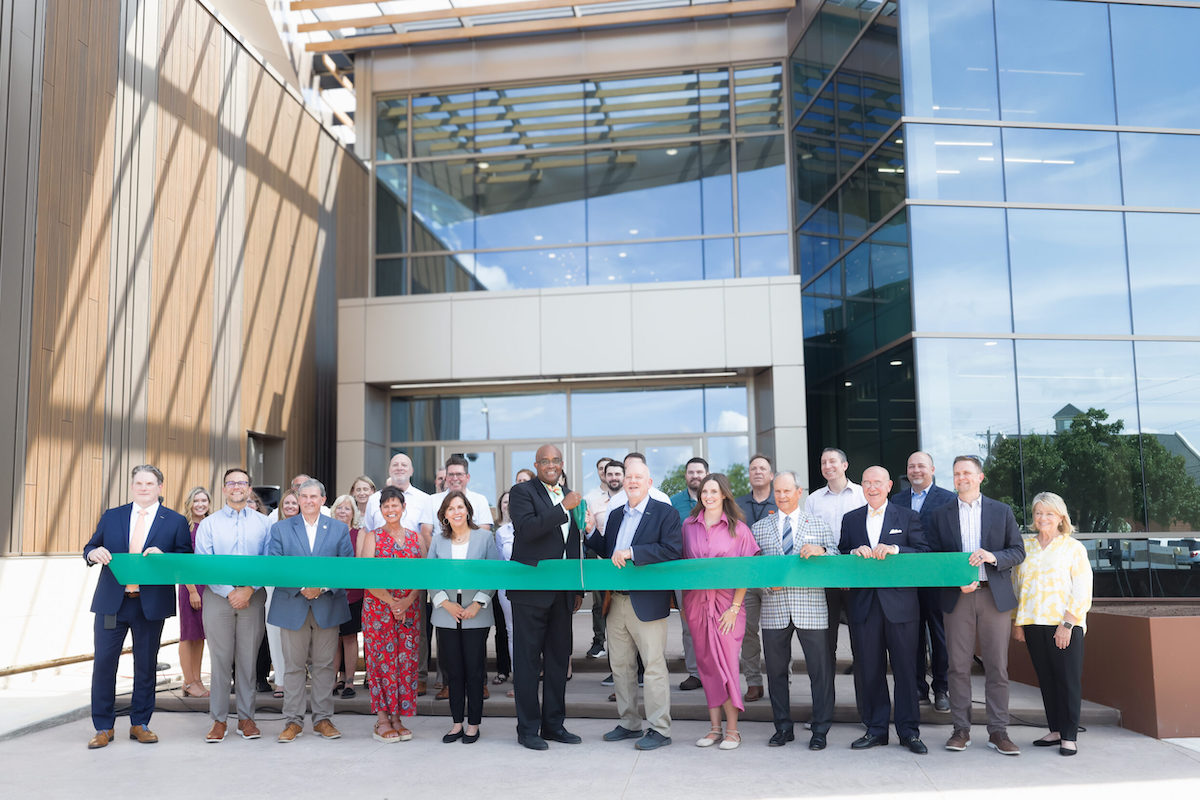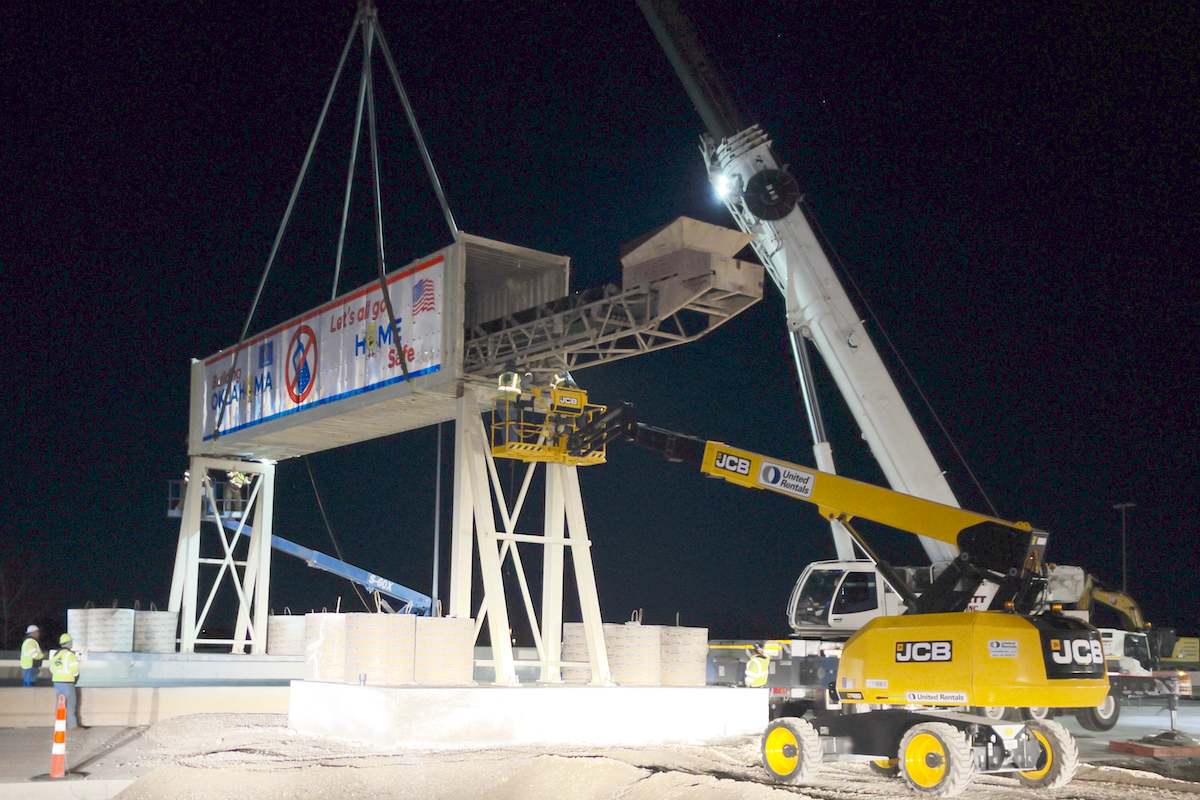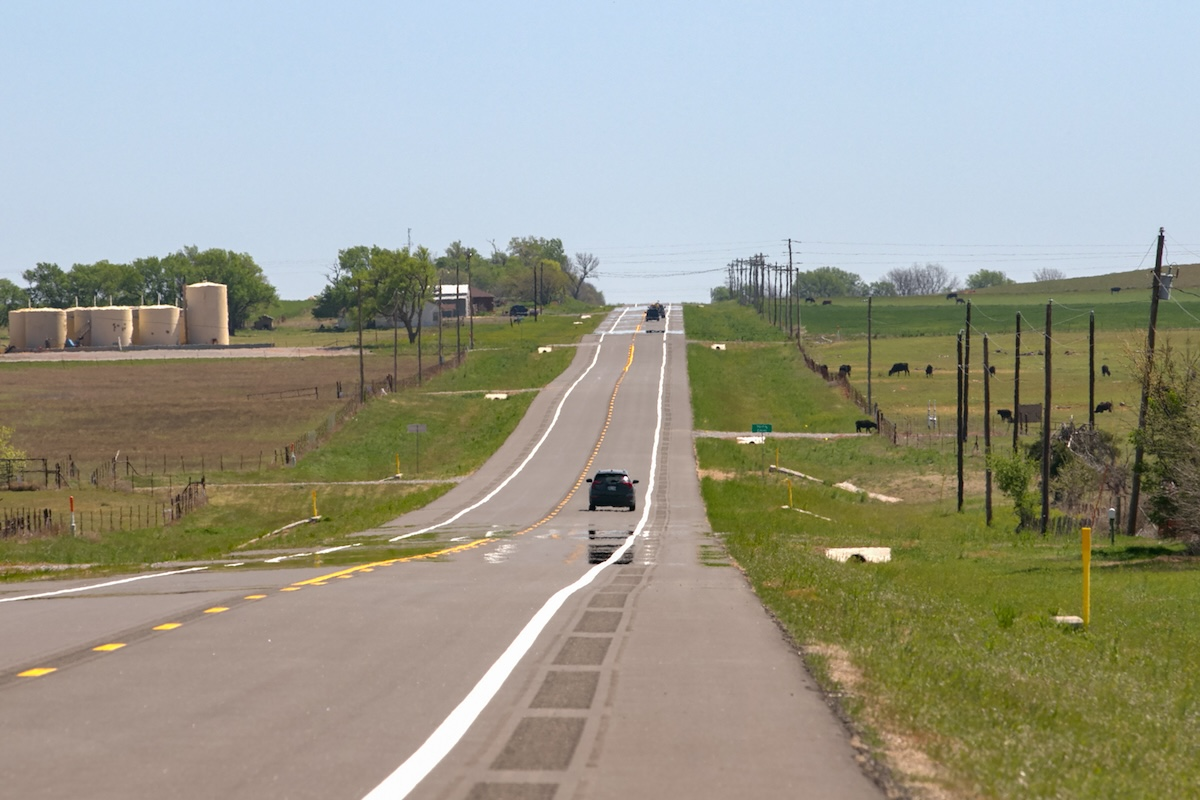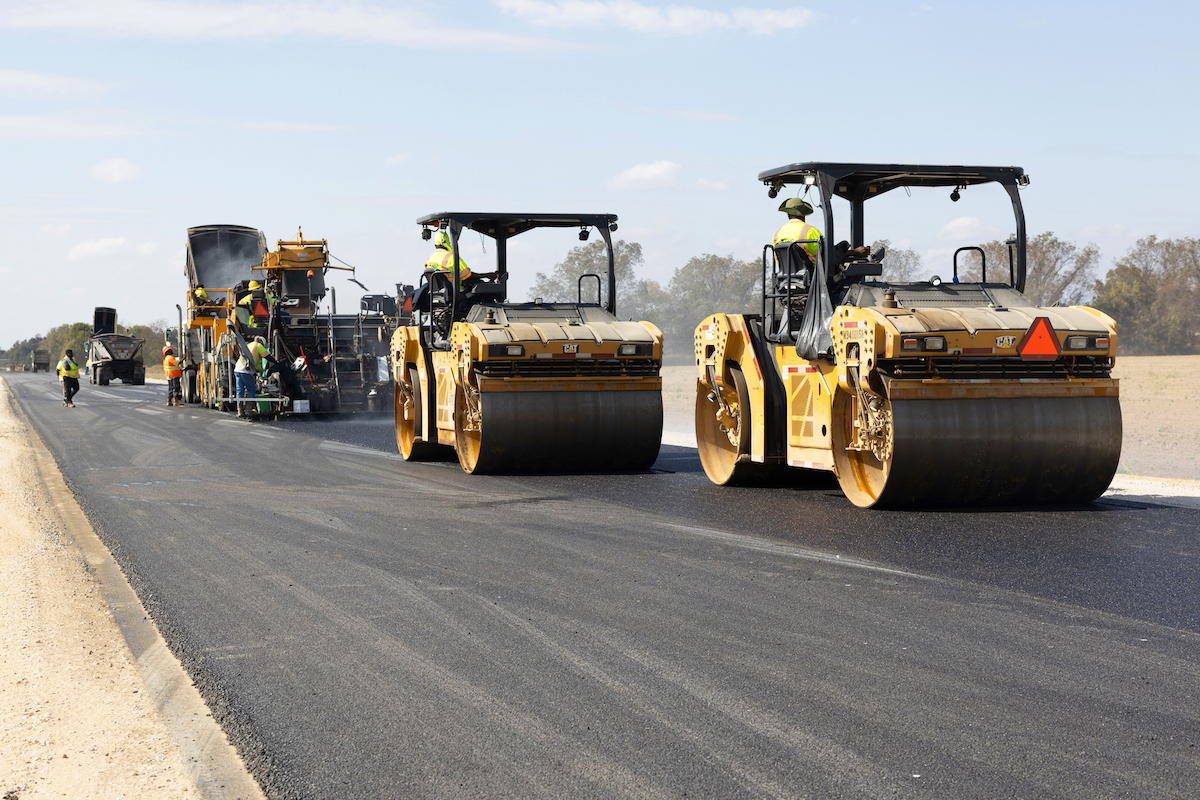The Providence I-95 Viaduct was constructed in the early 1960s, and the highly traveled, aging route has experienced significant wear and tear. This stretch of I-95 has an average daily traffic of approximately 225,000 vehicles per day, making it the busiest section of the route in the state.
The viaduct is in the heart of downtown Providence and spans the Woonasquatucket River. It passes over an Amtrak line that is part of the Northeast Corridor, the busiest one in the network.
The main component of the project is the replacement of the 1,295-foot-long northbound section of the Providence Viaduct Bridge.
Other significant project elements include adding two lanes (taking the route from four to six lanes) across a 1.5-mile stretch of I-95. The new lanes, which will be along the right side of the interstate, will be part of a four-lane collector-distributor (C-D) road. RIDOT expects the new lanes to minimize the weaving conflicts and congestion that were prominent in the area.

| Your local Case Construction Equipment Inc dealer |
|---|
| ASCO Equipment |
Some on- and off-ramps are being reconfigured to relieve congestion and improve merges. It is also expected to improve traffic flow and safety while reducing congestion.
“The on-ramps and off-ramps were competing with through traffic,” said Stephen DelGrosso, a Project Executive for Skanska who has been part of the project since the team put together the bid and continues to provide oversight of day-to-day activities. “When the project is completed, there will be two high-speed through lanes and a four-lane C-D road, which will help relieve merging and weaving issues.”
A C-D road was not part of the 2014 project scope on the southbound side. RIDOT does intend to construct a C-D road on I-95 southbound in the future.
Despite this, working in the area has been challenging, primarily because the team has to schedule work over the Amtrak Northeast Corridor (NEC) line. According to Amtrak, “Hundreds of thousands of people rely on the approximately 2,200 Amtrak, commuter, and freight trains that operate over some portion of the Washington-Boston route each day.”
Many restrictions come with working in the area. The team was limited to 12 hours per week when Amtrak would shut down the power on the line. It could occur on Sunday to Thursday between 1 to 5 a.m.
“The inconsistency of the available time was a real challenge,” DelGrosso said.
DelGrosso noted that the erratic schedule made planning difficult. However, “they have an active corridor, and their own challenges and responsibilities to handle that don’t necessarily align with ours,” he said. “I respect that.”
The main work that was impacted was the demolition of the existing bridge structures and erection of new girders. Once the team erected all the girders, they put up wood shielding, which enabled them to work uninhibited. This was part of the plan from the beginning.
“Once the shielding was in place, we got to the point where we didn't depend on Amtrak shutting down electricity,” DelGrosso said.
Another common construction challenge, particularly in a busy downtown area, is utility relocation. The team must coordinate with multiple entities who have their priorities to consider.
One portion of the construction occurred over a small inlet that leads into a river. DelGrosso said that other than figuring out where to place equipment, the body of water was a non-issue.
Another challenge the team dealt with was installation of bridge foundations. The deep foundation scope of work consisted of both driven and drilled piles for the mainline piers and foundations. They drove steel H-piles to depths of approximately 120 feet deep to reach bedrock.
According to the project page on Skanska’s website, “The drilled pile scope consisted of both vertical and battered 12-inch diameter micropiles drilled up to 160 feet deep and socketed into bedrock at mainline piers and abutments. Additional micropiles were installed at other locations on the project to provide foundation support for both new and existing structures.”
“Site constraints and geotechnical conditions varied across the project, requiring Underpinning & Foundation Skanska to install various temporary support of excavation systems, including internally braced sheet pile cofferdams, and soldier pile and lagging walls," DelGrosso said.
DelGrosso noted challenges related to driving piles included working in small work zones and the precision the team needed. The team hit an obstruction, which they had to work through. The design for the drilled-in soldier piles for the new wall at Park Street called for precise locations and vertical installation.
When the project was put out to bid, RIDOT scheduled it for a 2025 completion. Skanska and its partners, however, re-sequenced the project so it could conclude by the end of 2024. Project construction began in the spring of 2021 and is currently on schedule.
“We re-sequenced the project so that it includes more concurrent work,” DelGrosso said. However, with the interdependency of work zones, if one element of the project was off schedule, it would have ripple effects on future work completion dates. “This allows us to shorten the schedule by one year [compared to the original RFP] and differentiated us from the competition.”
Being awarded the project was a big win for Skanska, since the company is striving to grow its footprint in the region. DelGrosso thinks that successfully completing a challenging job, like the Providence I-95 Viaduct Northbound project, will help catapult the company’s standing in the area.
Along with Skanska’s partners on the design-build team, DelGrosso said he has also been impressed with RIDOT. “RIDOT has been a tremendous owner to work with,” he said. “They were understanding and receptive to our approach to the project and have helped contribute to the success that we’ve had so far.”
The winning bid price for the project was $212 million. A significant chunk of project financing — $60.3 million — has come via a federal INFRA grant. According to the U.S. Department of Transportation, these competitive grants are “for multimodal freight and highway projects of national or regional significance to improve the safety, efficiency, and reliability of the movement of freight and people in and across rural and urban areas.”
With the end date approaching for the long-running project, drivers will soon be able to travel through Providence more easily with the express lanes and enter and exit I-95 using the C-D lanes, improving traffic flow. In addition, this stretch of I-95, which has one of the highest accident rates in New England, will be safer. Finally, riders will experience a smooth ride with the upcoming opening of the new viaduct.



















